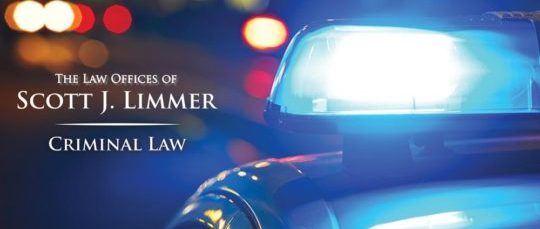You probably regard your cellphone or smartphone as an invaluable communication tool. But, to their regret, some criminal defendants are learning the mobile phones they carry with them can communicate with police searching for suspects and tell them if they happened to have been near the scene of a crime around the time it was committed.
Some mobile phone platforms, especially Google, can process location data collected by service companies, and then share it with law enforcers. Police, prosecutors or even the FBI can seek so-called “reverse location” warrant, which asks, based on Google’s records, for a list of cellphones that can be determined to have been at or near a specific location at a specific time.
Records in Google’s Sensorvault database cover hundreds of million devices and go back around 10 years (making them especially useful in cold or slow-developing cases). Federal law enforcers first began accessing this data in 2016, and local departments in numerous states have since then discovered ways to use the data in their investigations.
Google maintains a portal, its Law Enforcement Request System, for law enforcement requests for its data. The company does not disclose statistics on the volume of data requests it receives from law enforcement agencies, but an unnamed Google employee last year told the New York Times that in some weeks the company receives as many as 180 “reverse location” warrant inquiries.
How Does a “Reverse Location” Warrant Work
The company may identify dozens or hundreds of phone numbers its database indicates were in a particular location during a specified time period. It furnishes police with an anonymous coded list of those devices, which police then track the devices’ patterns of movements in order to narrow down the devices on which they want fuller information.
But some civil liberties advocates say they’re troubled by this growing trend, which they fear may catch up some innocent persons in a digital dragnet, especially since judges may sometimes issue overly broad “reverse location” warrants because they not fully grasp the technical details defining the extent of the requested search area.
Applications might only list GPS coordinates to the area to be covered by a “reverse location” warrant, a practice known as “geo-fencing,” leaving it nearly impossible to discern without careful checking against maps for how wide an area and how many individuals’ data will be taken. Many judges reportedly approve such warrants in a matter of minutes, making it highly unlikely a detailed examination occurred.
And unlike an ordinary search which names a suspect and gives probable cause to seek evidence of that person’s involvement in a crime, a “reverse location” warrant asks for wholesale information on everyone who was in a particular area at a specific time, then tries to eliminate all but the most likely to be either suspects or witnesses.
The U.S. Supreme Court has not directly addressed the constitutionality of a “reverse location” warrant but did rule in its 2018 Carpenter decision that warrants are required for extensive or protracted tracking of a suspect’s movements through monitoring cell tower data.
About the Author
Scott J. Limmer is a New York criminal attorney practicing primarily in Nassau, Suffolk, and Queens counties. You can contact Scott anytime. He is available 24 hours a day, 7 days a week, year-round and your initial consultation is free.
